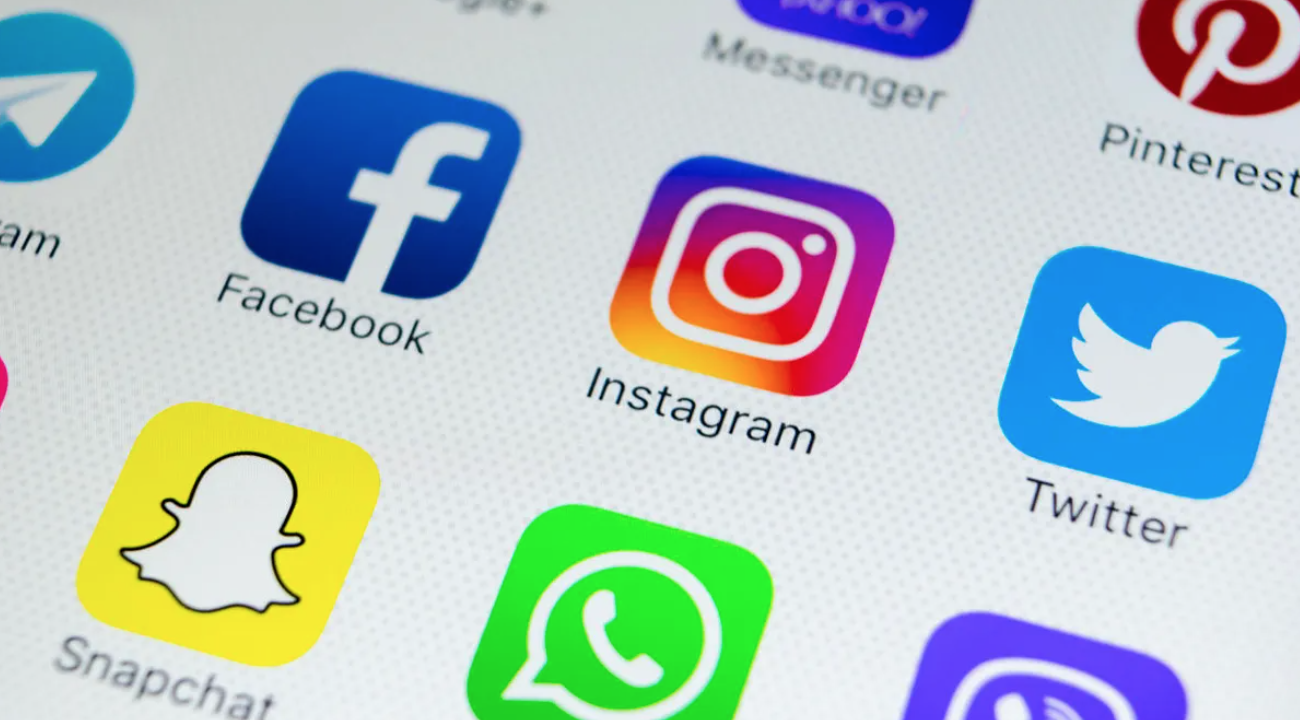By Jessica Birdsong
In the last five years, the total number of babies born via assisted reproductive technology (“ART”) skyrocketed from five million to eight million, with an increase of one million in the last year alone.[1]1 Today one in sixty Americans is born thanks to IVF and other artificial treatments.[2] Sperm and egg donation have become an available alternative resource for many adults seeking to have children. As the use of assisted reproduction technologies increases, more questions implicate the law and ethics in relation to these advanced technologies.
Unofficial policy dictates how sperm banks operate.[3] Although these policies are not officially regulated by law, the regulatory agencies can remove their accreditation and/or license if these standards are not met.[4] However, this doesn’t seem to stop the number of ethical and legal issues still arising from improper management of sperm bank facilities. Regulatory agencies assess the quality of the work and enforce informed consent. Still, there are many aspects of the process where the lack of regulation leads ART users into litigation.
Currently, no federal or state law limits the number of donations per individual donor. The importance of limiting the number of donor offspring from a single sperm donor relates to preventing accidental consanguinity between donor offspring.[5] Sperm banks do not have to keep track of the births or coordinate with one another.[6] It’s not uncommon for donor-conceived children to find half-sibling groups that regularly number in the dozens and occasionally exceed 100.[7] These siblings don’t always only share inherited eye color and height, but they are also finding they share genetic variants or mutations linked to cancer and other diseases that come to light only years later.[8]
The federal government only requires donated sperm and eggs to be tested for communicable diseases, not genetic diseases.[9] There are also no federal requirements that sperm banks obtain and verify information about a donor’s medical history, educational background, or criminal record. A big driver in lobbying for change comes from the number of lawsuits in which donors misrepresented themselves, and sperm banks failed to properly vet them, or banks failed to follow up or adequately disclose critical information to recipients.[10] A recent case ruled on by the Georgia Supreme Court addresses a donor-conceived child that has been diagnosed with an inheritable blood disorder, for which the mother is not a carrier.[11] He also has suicidal and homicidal ideations, requiring multiple periods of hospitalizations, therapists, and prescribed anti-depressant and anti-psychotic medications.[12] After almost 20 years after the child was born through ART, the family learned that their sperm donor had actually been diagnosed with psychotic schizophrenia, narcissistic personality disorder, and significant grandiose delusions.[13] They also discovered that the sperm donor was not a Ph. D candidate with an IQ of 160, he actually had no degrees at all at the time of donation.[14] The family was also told he had no criminal history; however, he had an extensive arrest record.[15] The sperm bank told the parents at the time of purchase that the sperm they were buying was one of the best donors they had, but the facility hadn’t properly vetted this donor at all.[16]
The policies surrounding the anonymity of the donors arguably have caused the most tension in ART regulation. A movement for change comes partly from the donor-conceived children who have grown up and now understand the value of knowing their biological parent.[17] Advocates have pointed out that the anonymity has endangered both the physical and psychological well-being of offspring.[18] Some legislation has started to turn toward this idea on the state level. States such as California, Connecticut, Rhode Island, and Washington State allow such disclosure for donor-conceived offspring.[19] It is important to note that this is only a small step towards solving the issue because these state laws permit the sperm donor to opt out of the disclosure. Similarly, Colorado has signed a bill making them the first state to prohibit anonymous sperm and egg donations.[20] The bill, beginning in 2025, will require that donors agree to have their identity released to children conceived from their donations when they turn 18.[21] The bill also requires egg and sperm banks to keep updated contact information and medical history of all donors, as well as requiring a clear limit for each donor to contribute to no more than 25 families.[22]
The solution may not be so easy. Research shows that 29% of men would refuse to donate sperm if they couldn’t remain anonymous, leaving less supply and the potential to drive up costs.[23] Overall, these issues will likely become more critical as technology and its use continues to outpace its regulation.
[1] Barbara P. Billauer, The Sperminator as a Public Nuisance: Redressing Wrongful Birth and Life Claims in New Ways (A.K.A. New Tricks for Old Torts), 42 Ark. Little Rock L. Rev. 1, 9–10 (2019).
[2] Id. at 10.
[3] Stanford, https://web.stanford.edu/class/siw198q/websites/reprotech/New%20Ways%20of%20Making%20Babies/spermpol.htm (last visited Nov. 11, 2022).
[4] Id.
[5] Dan Gong at al., An overview on Ethical Issues About Sperm Donation, 11(6) Asian J. of Andrology 645, 646 (2009).
[6] Sarah Zhang, The Children of Sperm Donors Want to Change the Rule of Conception, The Atlantic (Oct. 15, 2021), https://www.theatlantic.com/science/archive/2021/10/do-we-have-right-know-our-biological-parents/620405/.
[7] Bryn Nelson & Austin Wiles, A Shifting Ethical and Legal Landscape for Sperm Donation, 130 Cancer Cryptopathology 572, 572 (2022).
[8] See Id.
[9] 21 C.F.R § 1271.75 (2006)
[10] Nelson & Wiles, supra note 7, at 573
[11] Norman v. Xytech, 310 G. 127, 128 (2020).
[12] Id. at 129.
[13] Id.
[14] Id. at 128.
[15] Id.
[16] See Norman, 310 Ga. at 128.
[17] Zhang, supra note 6.
[18] Nelson & Wiles, supra note 7, at 573.
[19] Id.
[20] 2022 Colo. Legis. Serv. 1 (S.B. 22-224) (West).
[21] Id.
[22] Id.
[23] Nelson & Wiles, supra note 7, at 573.

Image Source: https://www.women-info.com/en/wp-content/uploads/2014/07/infertility-17-1.jpg








